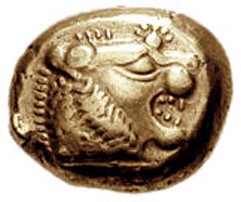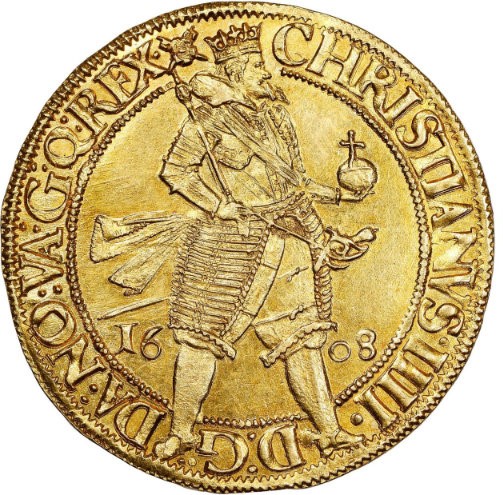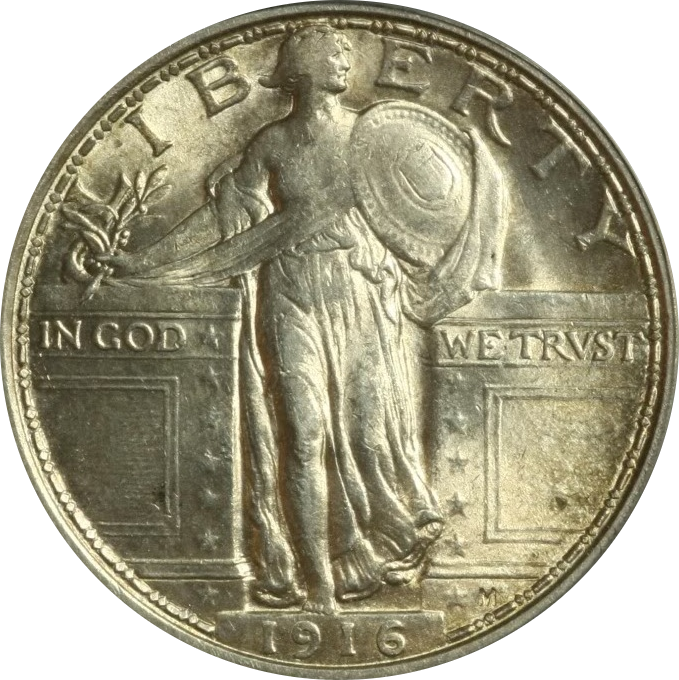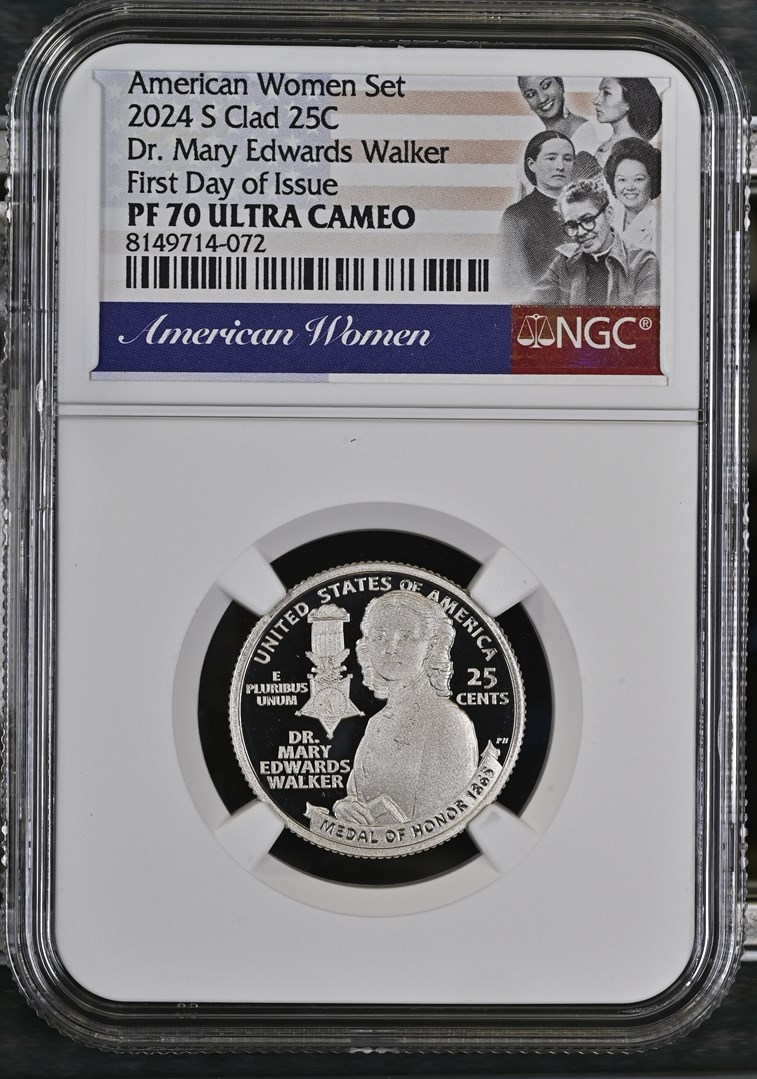The History of Coin Collecting
Ancient Origins
Numismatics, or coin collecting, began in antiquity. Around 600 BCE, the Lydians in modern-day Turkey minted the first known coins from electrum, a natural gold-silver alloy. These early coins, with simple designs indicating their origin, paved the way for coinage in Greek, Roman, and Chinese civilizations. These ancient coins remain highly valued for their historical and artistic significance.

Insights into Past Societies
Ancient coins serve as windows into past societies, revealing their history, culture, and economies. Images of gods, rulers, and mythical creatures reflect religious beliefs and political ideals, while a coin's weight and material offer clues to trade networks and economic systems. For collectors, each coin is a tangible link to bygone eras.
The Middle Ages
During the Middle Ages, coin designs evolved alongside expanding trade across Europe, Asia, and Africa. Regional cultures and politics influenced these designs, with monarchs' portraits symbolizing power and religious symbols reflecting enduring beliefs. This diversity enriched the field of numismatics.
The Renaissance
The Renaissance saw a surge in coin collecting as European elites amassed ancient Greek and Roman coins to demonstrate wealth and intellect. Scholars began cataloging these collections, establishing numismatics as a formal study and elevating it beyond mere accumulation.

19th and Early 20th Century Growth
By the 19th century, coin collecting had become accessible to the middle class and began to rival stamp collecting as the world's most popular hobby. This period saw some denominations removed from circulation and new designs introduced. It also featured two controversial coins that generated public debate: the 1909-S VDB Lincoln Cent, reflecting the political struggle between artist and bureaucrat, and the 1916 and 1917 Standing Liberty Quarter, which ignited a debate about artistic expression versus public morality.

Mid-20th Century and Beyond
The post-World War II economic boom and increased financial security encouraged families to introduce children to the hobby. Many older collectors have fond memories of examining their fathers' pocket change after dinner and filling their "penny books," as the blue Whitman folders were commonly called. Manufacturers responded to this growth by creating collecting aids such as albums, folders, catalogs, and guidebooks. In 1949, Dr. William Sheldon published a numerical scale of 1-70 for grading early American cents. This Sheldon scale was soon expanded to include all coins, both domestic and foreign, and remains in use today. This era also saw the emergence of third-party grading services and the encapsulation of coins, commonly referred to as "slabs," as well as national coin shows and conventions, most of which are just as popular and well attended today.

A Global Hobby
This surge in popularity was largely mirrored worldwide. Numismatic societies emerged across the globe, fostering a community of collectors who shared knowledge through exhibitions, journals, and research. Governments instructed their mints to invest significant resources in producing a wide array of captivating coins for collectors and general circulation. Today, millions worldwide participate in this global hobby.
The Enduring Appeal
Beyond the thrill of acquisition, coin collecting offers intellectual enrichment. It encourages the exploration of history, art, geography, politics, and economics, cultivating attention to detail and a deeper appreciation for human civilization. With ongoing coin production and new discoveries, numismatics remains a vibrant and evolving pursuit accessible to everyone.
Happy Collecting!
